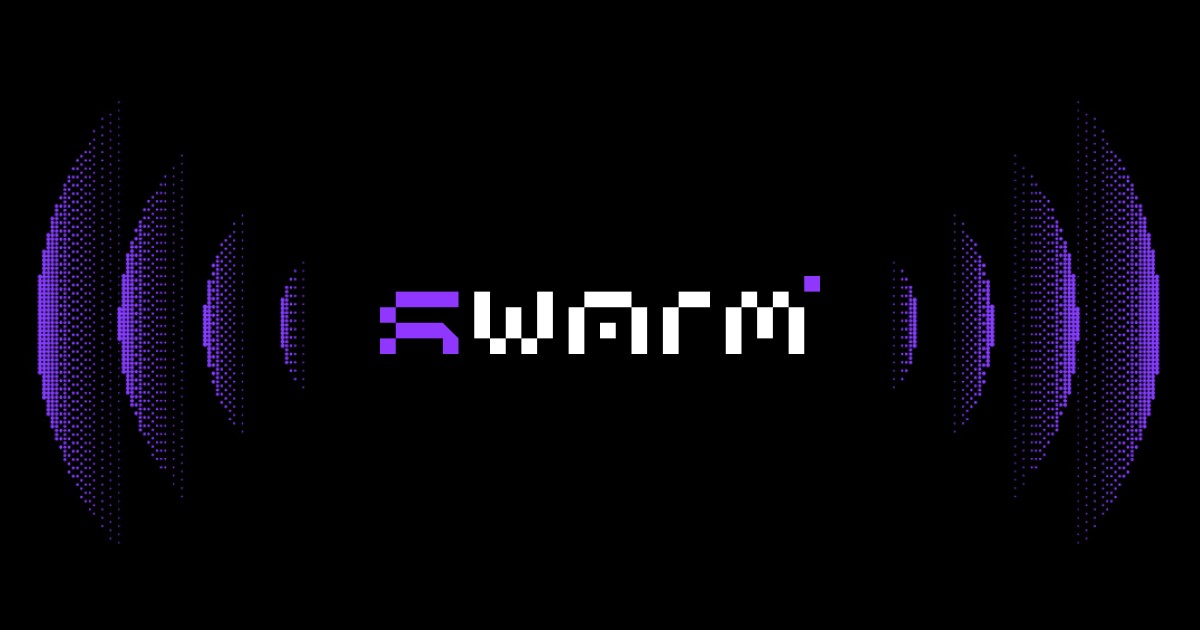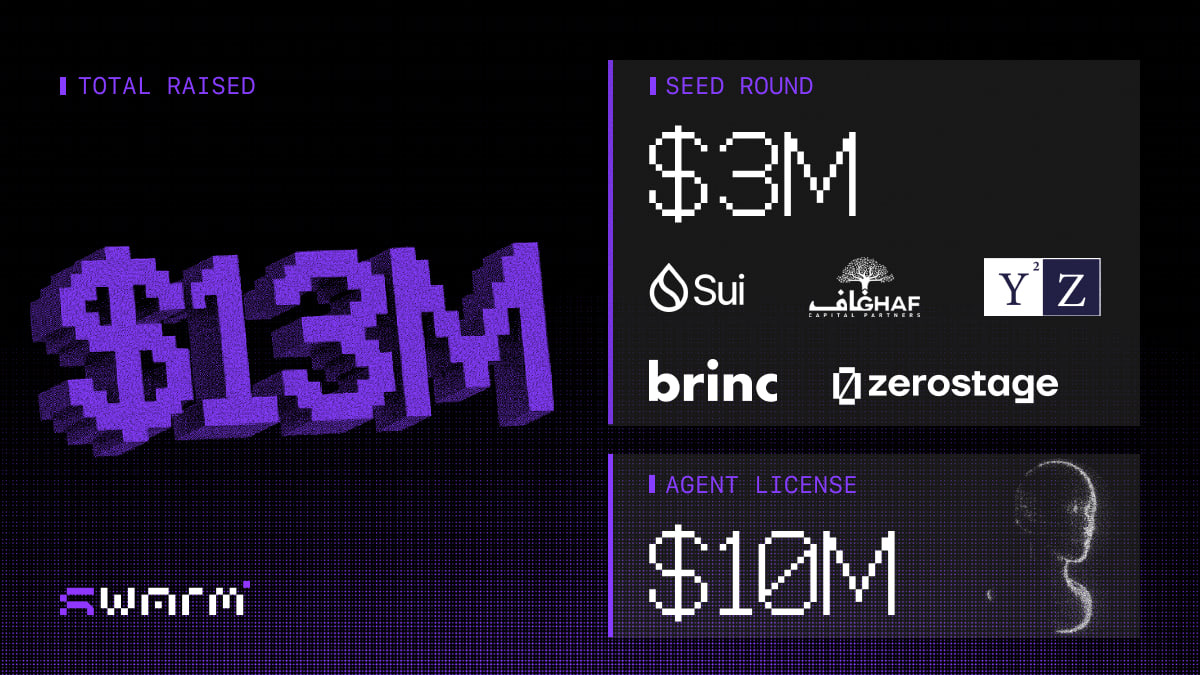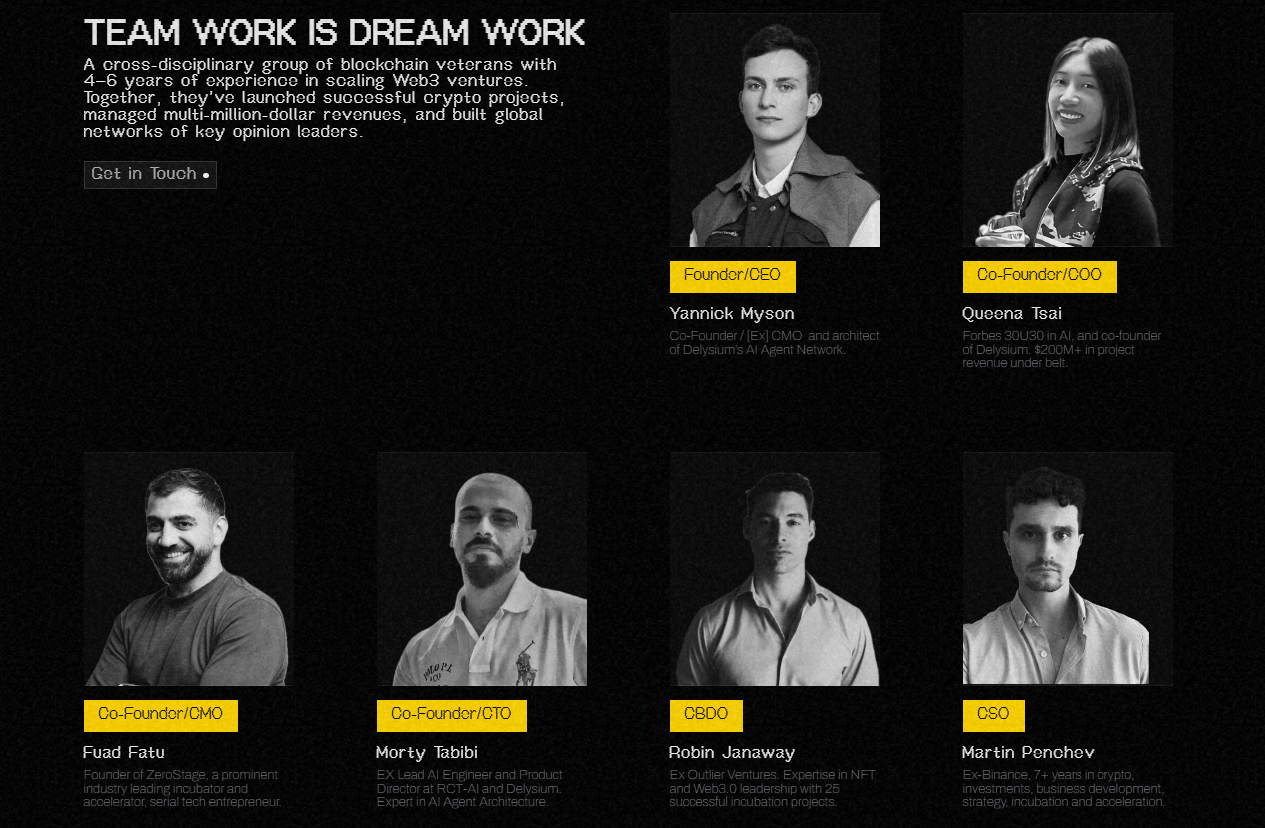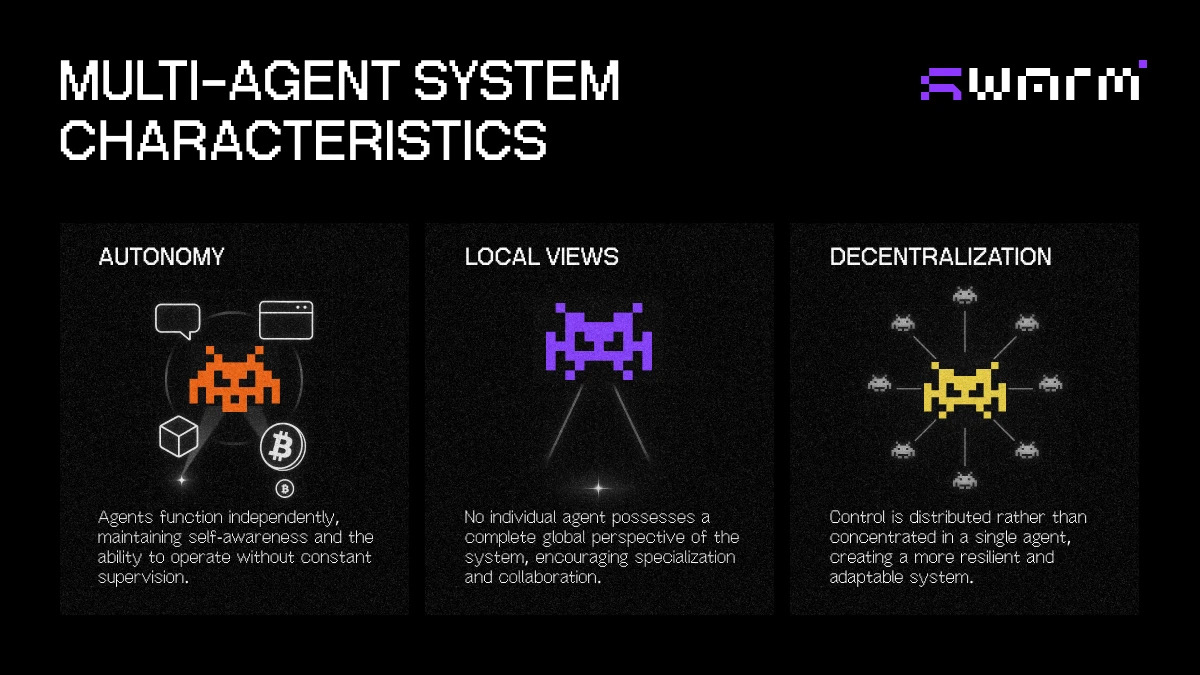Author: Zen, PANews
In the past decade, artificial intelligence has transitioned from academic laboratories into daily life. With the explosive growth of computing power and data, single models can now handle increasingly complex tasks, but this has also given rise to new challenges—such as bottlenecks in large-scale collaboration, credibility issues stemming from model "hallucinations," and how to ensure system robustness and auditability when the number of agents increases significantly.
At the same time, blockchain and decentralized technologies offer a new approach to solving trust issues with their immutable and traceable characteristics: if information and verification processes can be securely recorded and proven, many disputes arising from information asymmetry or unclear data sources can be effectively mitigated. This is where Swarm Network comes into play, aiming to organize a large number of automated agents and decentralized human reviewers into a scalable collaborative network. It accomplishes information collection and initial screening through a hierarchical clustering mechanism, and then uses cryptographic proof technology to anchor verified claims on the blockchain.
In short, Swarm not only aims to become a fact-checking tool but also seeks to make "trustworthy" a callable infrastructure, allowing reality, evidence, and credibility to become measurable and exchangeable assets in the digital world.

Core Mechanism: Three-Tier Collaboration of AI Agents, Human Verification, and Truth Protocol
The core of Swarm Network lies in the multi-layered collaboration between the AI agent layer and human verification, as well as the "Truth Protocol" based on zero-knowledge proofs. Specifically:
Truth Protocol: Swarm records verified "claims" on the blockchain, using zero-knowledge proof technology to ensure privacy and security. Any verified information can be anchored on-chain through this protocol, providing auditable verification credentials.
AI Agent Network: Swarm introduces a large number of automated AI agents that continuously scan and analyze massive data streams—including social media posts, news reports, market data, etc. These intelligent agents are responsible for "scouting," filtering information noise, and providing preliminary fact assessments, significantly enhancing the scale and speed of the verification process.
Human Verifiers: Complementing the AI agents is a decentralized human review network. Human verifiers focus on details and context, assessing the moral and cultural implications of complex issues, adding depth to the AI-filtered results. Ultimately, the collaboration between humans and AI forms a closed loop, allowing information to be efficiently screened while aligning with human cognition.
Incentive Mechanism: Swarm issues "Agent Licenses" as participation credentials, with each license being an NFT. Holders can operate AI agents and earn network rewards. This tokenization mechanism not only rewards contributors but also encourages honest verification, forming a self-correcting consensus ecosystem.
It is reported that each agent license grants the holder the right to operate AI agents and encourages contributions of computing power and verification results through a daily reward mechanism. The project team states that these NFTs are not only governance tools for the network but also pillars for building a decentralized verification economy, allowing holders to earn rewards by helping maintain network integrity. Additionally, Swarm's collaborations with several projects, including Sui, have rapidly expanded its ecosystem, laying a financial and technical foundation for future development.
These elements together constitute Swarm's verification system: AI agents handle large-scale tasks, humans provide deep insights, and the Truth Protocol ensures that the final results are public and immutable. Through this three-tier feedback loop of AI—human—on-chain, Swarm rebuilds trust in an environment of fragmented information.
Financing and Team: The AI "Squad" Behind $13 Million Funding
In August 2025, Swarm announced that it has completed a total of $13 million in funding. Of this, $10 million came from the public sale of agent license NFTs on the Sui network, while only $3 million came from seed round strategic investors, including the Sui Foundation, Ghaf Capital, Brinc, Y2Z, and Zerostage. Investments from Sui, Ghaf, and Brinc were obtained through Swarm's participation in the Dubai SuiHub accelerator project. According to Swarm's official blog, its seed round financing was completed in January of this year, led by ZeroStage and Y2Z Ventures.

It is worth mentioning that many members of the founding core team of Swarm Network come from the AI agent network project Delysium. Swarm's founder and CEO Yannick Myson and co-founder and CFO Queena Tsai, both of whom were former co-founders of Delysium, were primarily responsible for leading marketing and business efforts. Additionally, Swarm co-founder and CTO Morty Tabibi was the former Chief AI Engineer and Product Director at RCT-AI and Delysium. This talent migration has brought mature AI-agent technology accumulation and community operation experience to Swarm.

Application Scenarios: From Social Fact-Checking to Cross-Domain Data Bridging
Swarm's design goal is to become the infrastructure for information verification and bridging, with potential applications spanning the Web3 and AI fields:
Social Media and News Fact-Checking: One of Swarm's applications is "Rollup News"—an AI-driven fact-checking tool. Users simply need to flag suspicious content on platforms (such as "X"), and Swarm's agent and verification network will intervene, conducting multiple reviews of the information source and providing encrypted verification results within minutes. Currently, over 100,000 users have participated, verifying more than 3 million posts using the Swarm protocol. This model provides real-time credible fact verification for social networks and media platforms, effectively countering the spread of false information and rumors.
Cross-Domain Data Verification and Information Bridging: Swarm claims to connect traditional internet, cloud services, and various blockchain networks simultaneously, achieving mixed verification of multi-source data. For example, Swarm agents can monitor IoT devices and supply chain sensors, automatically triggering smart contracts to record events (such as goods arriving or temperature anomalies). It can also cross-reference on-chain data like transaction records and NFT information with Web2 data such as news reports and social media content, providing a cross-environment verification framework. Thus, Swarm plays a role in bridging the data barriers between the digital and real worlds, enabling enterprise-level applications to obtain reliable information input.
Trustworthy AI Systems and Prediction Markets: In the rapidly evolving AI landscape, Swarm can also provide trust guarantees for generative AI and prediction markets. For instance, it can verify the authenticity of outputs from generative models like ChatGPT, providing auditable backgrounds for AI decision-making; or in decentralized prediction markets, using facts verified by Swarm as reliable market signals.
Although these applications are still in the exploratory stage, Swarm's design paves the way for introducing decentralized trustworthy verification in broader fields. Overall, any scenario requiring cross-chain trustworthy data or decentralized verification can leverage the Swarm network to build a safer and more transparent information infrastructure.
How Multi-Agent Systems (MAS) Achieve Scalable Collaborative Verification
Multi-Agent Systems (MAS) are becoming an important direction for collaborative intelligence, and Swarm's group collaboration stands out in scalability and robustness. Swarm Network addresses the performance bottlenecks of traditional MAS when collaborating with hundreds or even thousands of agents by organizing agents into a hierarchical structure of Clusters and Swarms, achieving a balance between local efficiency and global collaboration.

The three core characteristics of MAS—autonomy, collaboration, and decentralization—form the foundation of system operation. Swarm adds a fourth element: Cluster Formation. Clusters allow agents to share local environmental cognition and align goals, enabling rapid decision-making, dynamic load balancing, and fault tolerance without needing to perceive the entire group's state, greatly enhancing the system's scalability and privacy.
In terms of implementation, Swarm consists of agents with independent goals and decision logic, which can be assembled into "squads" as needed to handle specific tasks; the environment can be cloud-based and API-driven, and can also extend to blockchain, smart contracts, and IoT devices, allowing agents to interact across domains between Web2 and Web3, completing on-chain verification and contract triggering for real-world events. For example, in Rollup News, different agents are responsible for traditional website verification, on-chain timestamp comparison, and cross-chain checks, ultimately collaborating to produce verifiable conclusions that can be anchored on-chain.
Coordination and settlement are ensured by a settlement layer called the Truth Protocol. According to official sources, this protocol records each information exchange through a Claims—Evidence—Reputation mechanism, ensuring that all interactions are auditable and immutable, and achieving scalability through a parallel verification architecture. Task allocation combines auctioning, real-time capability matching, and reputation-based load balancing, where agents bid for tasks based on historical performance, and smart contracts automatically settle rewards upon task completion and verification, forming a transparent value flow.
Compared to previous centralized or hierarchical control models, Swarm combines decentralized consensus with spontaneously emerging dynamic organizations, allowing the system to automatically reorganize resources and prioritize matching the most suitable agents in response to sudden environmental changes. For developers and operators wishing to participate in this ecosystem, holding an Agent License grants early privileges such as no-code tools, orchestration rights, and revenue sharing, making them part of the push for large-scale collaborative intelligence implementation.
免责声明:本文章仅代表作者个人观点,不代表本平台的立场和观点。本文章仅供信息分享,不构成对任何人的任何投资建议。用户与作者之间的任何争议,与本平台无关。如网页中刊载的文章或图片涉及侵权,请提供相关的权利证明和身份证明发送邮件到support@aicoin.com,本平台相关工作人员将会进行核查。




